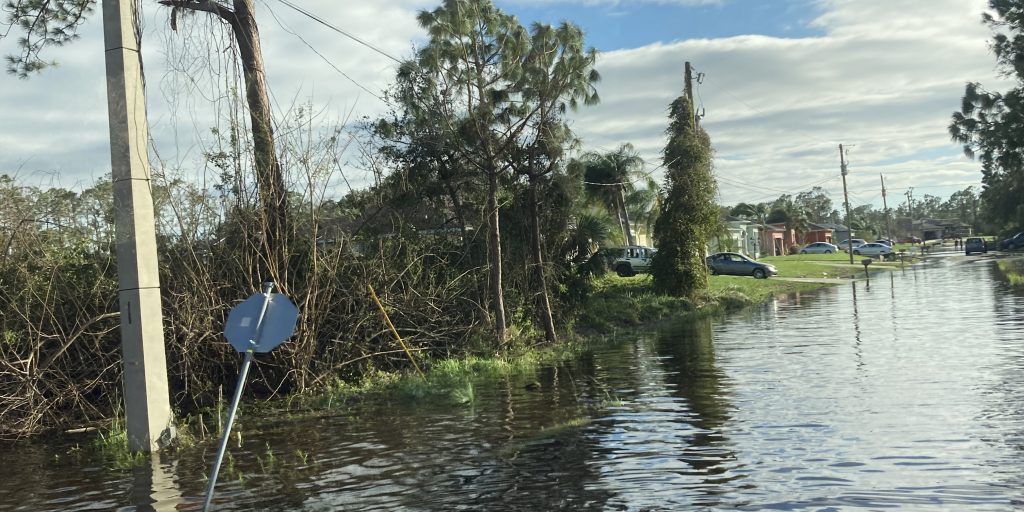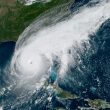With Hurricane Ian’s landfall in Florida and South Carolina, local leaders are once again on the front lines of climate change
As communities throughout Florida survey damages following Hurricane Ian’s landfall Wednesday as one of the most powerful storm systems to ever impact the United States, local leaders find themselves once again on the front lines in the global fight against the impacts of a changing climate. It’s a familiar place for many. From horrific wildfires in the west, to tropical storms and hurricanes, America’s city and county leaders are constantly learning and adapting, according to Elizabeth Kellar, director of public policy at the International City/County Management Association.
“Florida has a lot of experience, and from each of these experiences, they have made significant improvements,” said Kellar. Most recently Friday, Hurricane Ian made landfall in South Carolina. Citing the aftermath of Hurricane Andrew in 1992—a “category five (storm), absolutely devastating”—she highlighted the establishment of Florida’s building code as a prime example. Among other things, the code required that new construction projects be built with roofs that could withstand hurricane-force winds.
In 2018, Hurricane Michael hit Florida’s Mexico Beach, putting the code to a real-world test.
“It was almost like a case study: the newer properties that had hurricane resistant roofs, they were unscathed,” Kellar said. Older properties that didn’t fall under the code “were absolutely destroyed.”
In the aftermath of Hurricane Ian, emergency crews are focused on search and rescue efforts. But at the same time, administrators are taking a long-term view. And in coming weeks, they’ll undoubtedly be considering how to prevent or mitigate the impact of the next catastrophe.
“They’re also thinking about, ‘what are we going to have to do to bring the community back to (a kind of normal),” Kellar said. “Day one, cities and counties are also thinking about recovery”—and asking questions like: “‘What can we do to make our community more resilient to these ever-intensifying storms?’”
While recovery with a mind toward resilience often looks like constructing new levies and improving building standards, communities are increasingly considering the cost-benefit of building back at all, Kellar said. In Dubuque, Iowa, for example, administrators worked with constituents to come up with a relocation plan for one neighborhood that suffered numerous extreme flooding events in the late 1990s and early 2000s. As of this year, the community has completed five phases of that plan, which was created through a lot of community engagement, with work expected to continue for another decade or so. About 100 homes and businesses most vulnerable to flooding were purchased through the agreement, and officials have been successful in getting state and federal funds to aid in the work.
As the federal government tightens its purse strings when awarding funding, Kellar noted this extreme approach to creating resilience is becoming more common.
“There’s going to be a lot of fiscal pressure to do things differently,” Kellar said. And that fiscal pressure will only increase as storms become more damaging and extreme.
“The accumulation of disasters—whether it’s these extreme hurricanes, the wildfires out west, the flooding everywhere—I think it’s accumulating so much that we’re going to start having a national conversation about how we can do these things differently,” Kellar said. Given the pressure, it’s up to local leaders to make sure their communities receive the help they need.
And when advocating, Kellar stressed the importance of documentation.
“Whenever I make presentations on disaster recovery, one of the ponts I make over and over again is ‘document, document, document,’ because you’re going to need it,” Kellar said.




















